You can use the BIT datatype in TwinCAT, but this is only available within a struct or a function block.
You can for example define a STRUCT as follows (see also InfoSys):
TYPE Limits:
STRUCT
SmallerThanOrEqualTo : BIT;
LargerThanOrEqualTo : BIT;
END_STRUCT
END_TYPE
It should be possible to link an instance of this struct to the variable.
Note that using BIT access can be a bit slower than using bit masks:
However, bit access takes significantly longer. Therefore, you should only use the data type BIT if you want to define the data in a specified format.
Toni Kucic did a speed comparison and found BIT access (13.5 ns) to be around a factor 5 slower than bit masks (2.8 ns). Full results:

BIT datatypes do have the advantage that they are much more memory efficient:
A BIT element requires 1 bit of memory space, and you can use it to address individual bits of a structure or function block using its name. BIT elements, which are declared sequentially, are consolidated to bytes. This allows you to optimize memory usage compared to BOOL types, which each occupy at least 8 bits.
